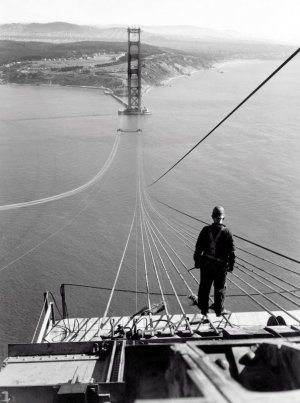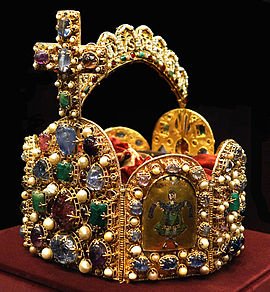RnR
Member
- Location
- Gold Coast, Queensland
1 April 1545 – Potosi is founded in Bolivia after the discovery of huge silver deposits in the area.
Potosi was founded on 1 April 1545 as a mining town, and for centuries it was the location of the Spanish colonial mint. Potosi soon produced fabulous wealth, and the population eventually exceeded 200,000 people. The rich mountain, Cerro Rico, produced an estimated 60% of all silver mined in the world during the second half of the 16th century. Between 1560 and 1685 Spanish America supplied 25,000 to 35,000 tons of silver to Spain annually, 40% of that silver eventually ended up in China.
The silver was taken by llama and mule train to the Pacific coast, shipped north to Panama City, and carried by mule train across the isthmus of Panama to Nombre de Dios or Portobelo, whence it was taken to Spain on the Spanish treasure fleets.

Native-American labourers were conscripted and forced to work in Potosi's silver mines. Many of them died due to the harsh conditions of the mine life and natural gases. In addition, an estimated total of 30,000 African slaves were taken to Potosi during the colonial era. Like the native labourers, they too died in large numbers.
Potosi was founded on 1 April 1545 as a mining town, and for centuries it was the location of the Spanish colonial mint. Potosi soon produced fabulous wealth, and the population eventually exceeded 200,000 people. The rich mountain, Cerro Rico, produced an estimated 60% of all silver mined in the world during the second half of the 16th century. Between 1560 and 1685 Spanish America supplied 25,000 to 35,000 tons of silver to Spain annually, 40% of that silver eventually ended up in China.
The silver was taken by llama and mule train to the Pacific coast, shipped north to Panama City, and carried by mule train across the isthmus of Panama to Nombre de Dios or Portobelo, whence it was taken to Spain on the Spanish treasure fleets.

Native-American labourers were conscripted and forced to work in Potosi's silver mines. Many of them died due to the harsh conditions of the mine life and natural gases. In addition, an estimated total of 30,000 African slaves were taken to Potosi during the colonial era. Like the native labourers, they too died in large numbers.




















